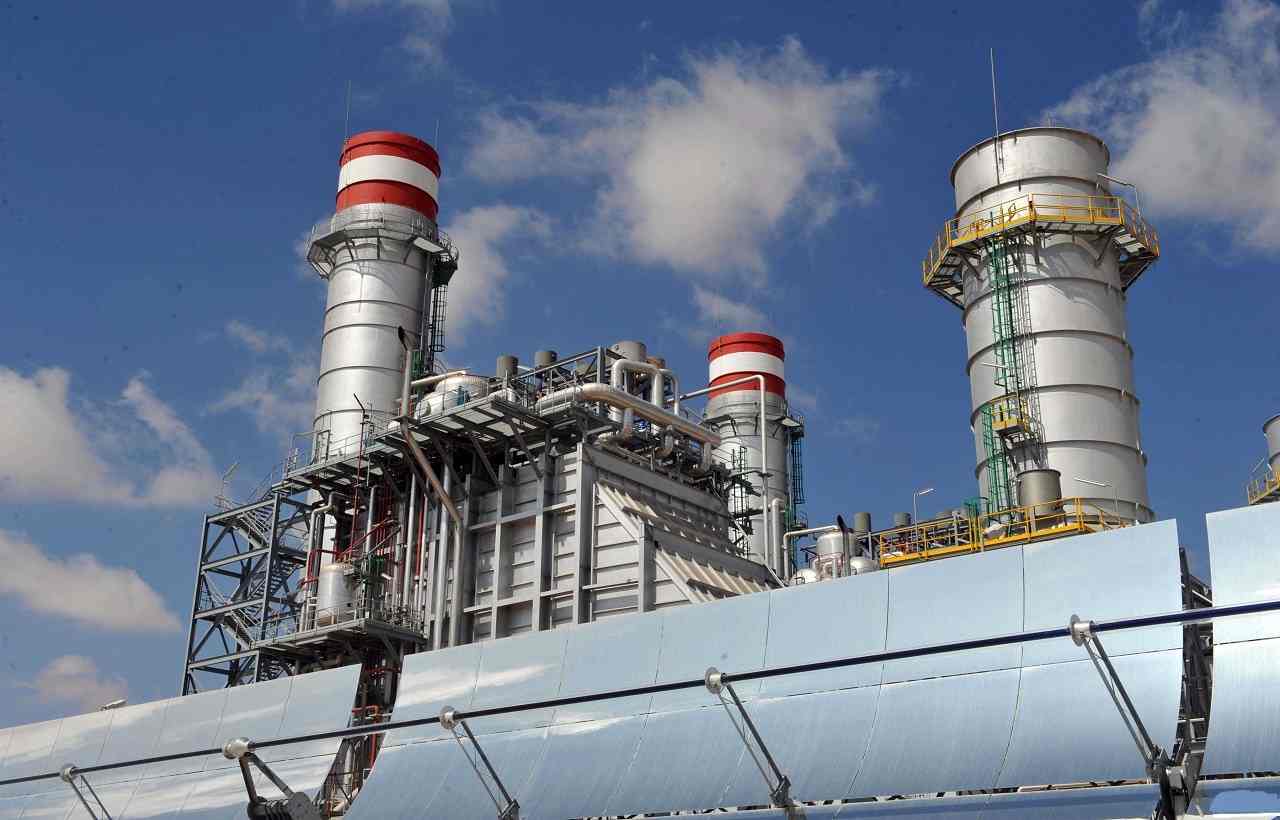By:
According to the latest report from the International Gas Union (IGU) titled “Global Gas Report 2023,” natural gas, often considered the least polluting fossil fuel among its counterparts, is facing concerning trends in global production.
The persistent decline in investments for exploring and exploiting natural gas deposits may lead to severe consequences by 2030. Despite the gas market demonstrating significant resilience in 2022, it is crucial not to overlook the challenges that lie ahead.
Slight increase in production
In 2022, natural gas production experienced a marginal increase of 0.5% compared to the previous year. This slight growth was primarily attributed to increased supply in North America, the Middle East, Europe, and Asia, which more than compensated for the decline in Russian production. However, Africa experienced a slight decrease in its gas production during the same period.
Global gas demand declined by 1.5% in 2022 when compared to 2021. The regions most significantly impacted by this decrease were Europe and Asia, largely due to supply and price shocks related to the Russian-Ukrainian conflict. Despite this, the global gas market remains undersupplied, and its susceptibility to fluctuations in supply and demand continues to be a cause for concern.
Significant reduction in investments
The report also highlights a concerning trend: a significant reduction in investments in the gas sector from 2014 to 2020, amounting to a 58% decrease. Although there has been a slight recovery in investments over the past two years, most of these funds are allocated to projects aimed at expanding existing fields, with the exploration of new gas fields largely neglected.
Several factors contribute to this cautious approach among players in the gas sector. Firstly, the ongoing energy transition is compelling many companies to shift away from fossil fuels due to concerns about potential future regulations and constraints on their usage. Additionally, uncertainties related to access to financing and restrictive public policies further contribute to investor hesitance.
Figures causing concern
Unless there is a significant commitment to increased investment, the cumulative production from existing gas projects is expected to gradually decline. In 2023, production is projected to be around 4,100 billion cubic meters (m3), but this figure is anticipated to decrease to approximately 3,134 billion m3 by 2030 as the existing deposits mature. The long-term outlook is even more alarming, with a production forecast of 1,849 billion m3 in 2040 and less than 1,000 billion m3 by the middle of this century.
These figures raise concerns about the potential for energy shortages and price increases, issues that could become more severe and frequent in the future. These challenges are particularly significant given the objective of limiting global warming to 1.5°C compared to pre-industrial levels, a goal achievable through massive investments in renewable energies and behavioral changes. However, there are considerable uncertainties in the short and medium term regarding this objective.
Faced with these concerns, the International Gas Union recommends a balanced approach. Continued investments in the natural gas value chain are essential to meet global demand and anticipated growth in specific regions. Nevertheless, it is crucial to expedite the development of renewable gases, such as bio-methane and green hydrogen, along with carbon dioxide capture and storage processes. Diversifying toward cleaner energy sources could help mitigate the risks associated with an over-reliance on natural gas and prevent potential energy crises in the coming decades.
What's happening in Tunisia?
Subscribe to our Youtube channel for updates.











































